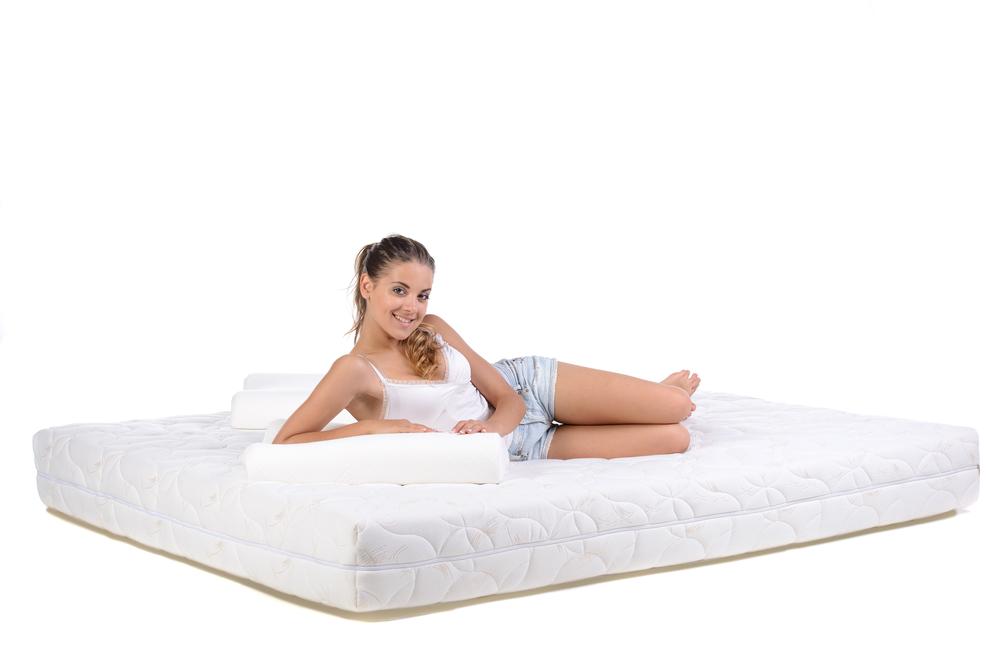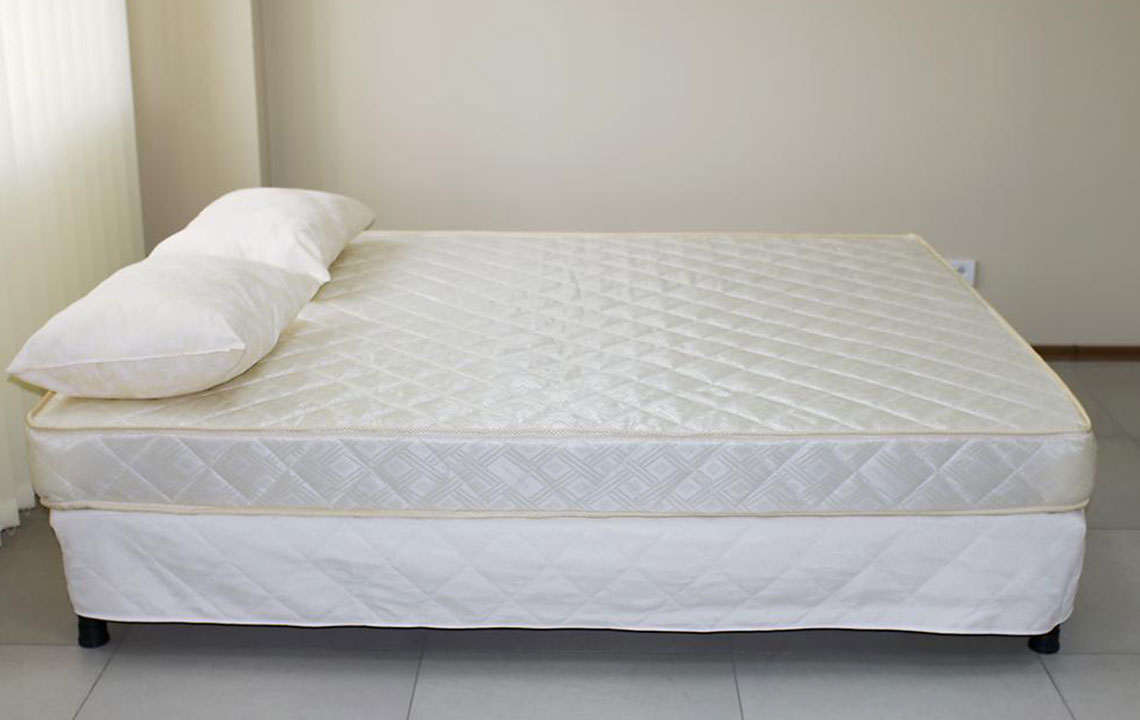Choosing the Perfect Mattress to Alleviate Back Pain
Discover how to choose the perfect mattress to relieve back pain. This guide covers support features, mattress types, and tips for different sleeping positions, ensuring restful and pain-free sleep. Find your ideal mattress today for improved spinal health and comfort.

Selecting the Ideal Mattress for Back Pain Relief
Lower back discomfort often stems from sleeping on an unsuitable mattress. Lack of adequate support can cause muscle strain, poor posture, and misaligned spine, leading to persistent pain.
An uncomfortable mattress that doesn't match personal preferences compromises sleep quality. The best mattress for back health promotes spinal recovery and restful sleep. With numerous options available, choosing the right one might be challenging. The following tips will guide you toward making an informed decision.
Ultimately, personal comfort guides the best mattress choice for back pain. There is no one-size-fits-all solution, as different mattresses suit different individuals suffering from lower back issues. Look for options that provide adequate support and comfort, such as soft coil mattresses that contour the lumbar area.
Pay attention to the mattress components. Springs or coils provide support, with variations in coil density and arrangement. The top layer usually features padding for added comfort.
Your ideal mattress typically ranges between 8 and 20 inches in thickness.
Seek a mattress that offers proper back support, ensuring natural spinal alignment. Adequate support reduces morning muscle soreness.
A mattress that's too firm can cause discomfort at pressure points, while medium-firm options allow shoulders and hips to sink slightly, enhancing comfort. For firmer support, choose mattresses with thicker padding.
Important factors before selecting your mattress include durability, support for the lower back, and contouring to the body. Soft mattresses can misalign the spine, whereas overly stiff mattresses may cause pressure on the spine; a medium-firm mattress often strikes the right balance.
Side sleepers should opt for slightly softer mattresses to cushion shoulders and hips, while stomach sleepers benefit from firmer options to keep alignment. Many people shift positions during sleep, so foam mattresses with high motion isolation that maintain firmness are ideal.
The best mattress types for chronic back pain
Research indicates that high-density memory foam offers excellent ergonomic support, making it suitable for most sleepers to prevent or alleviate back discomfort. Quality foam varies in density, accommodating preferences from medium firm to soft mattresses, and molds to body curves while supporting muscles and bones.
The spine features three gentle curves:
The cervical curve supports the head, forming a 'C' shape.
The thoracic spine curves reverse, supporting the upper body.
The lumbar spine, the lower back's 'C' shape, forms its foundation.
Proper alignment during sleep is essential to prevent chronic pain. Foam mattresses support lumbar and spinal curves, reducing pain risks. Many experts recommend foam for healthy sleep, often combined with coil support in premium models designed for pain relief.
The ideal back pain mattress is neither too soft nor excessively firm, minimizing stress on spinal regions. Considering the factors discussed will help you find a suitable mattress that promotes spinal health and pain relief.










